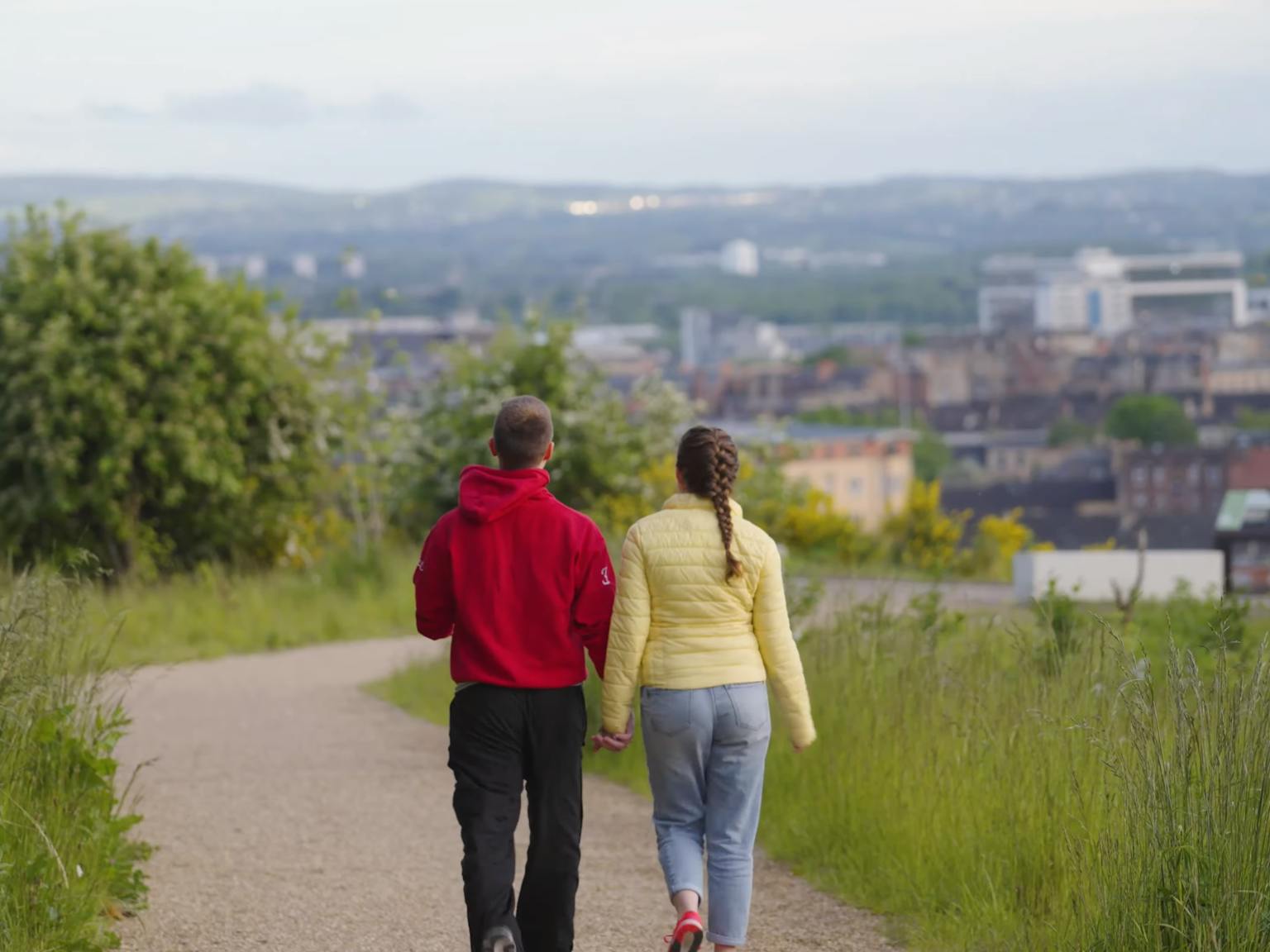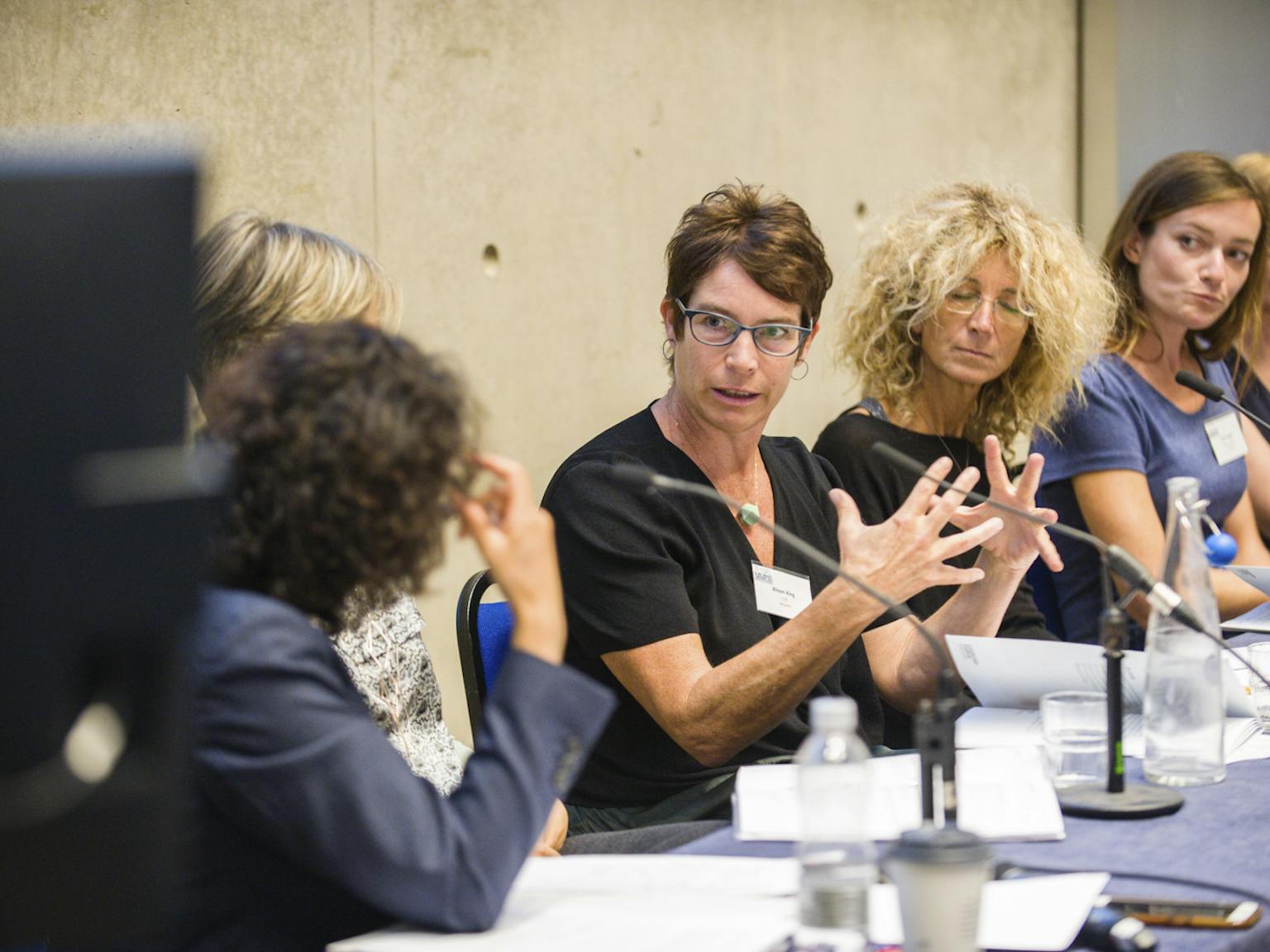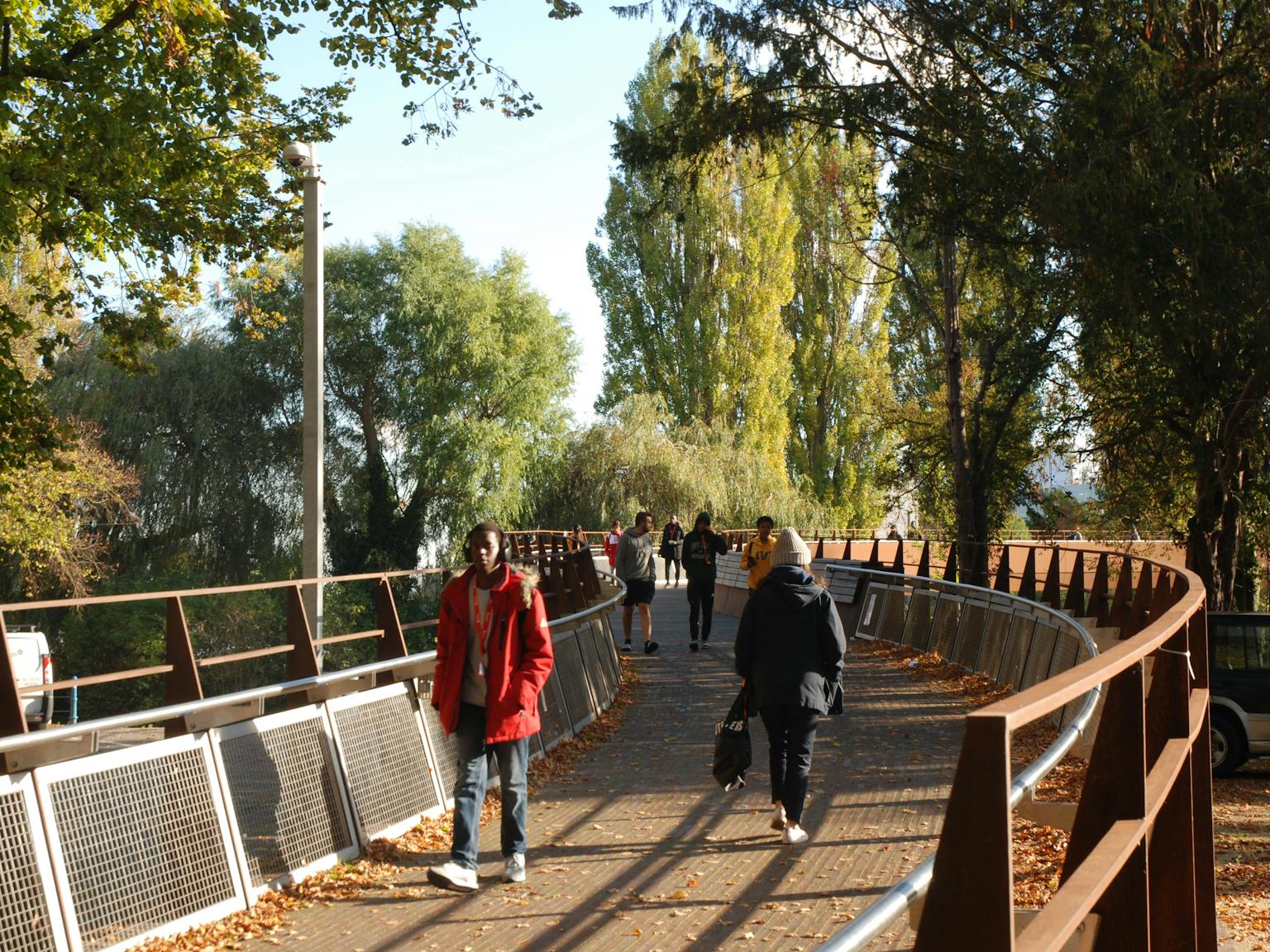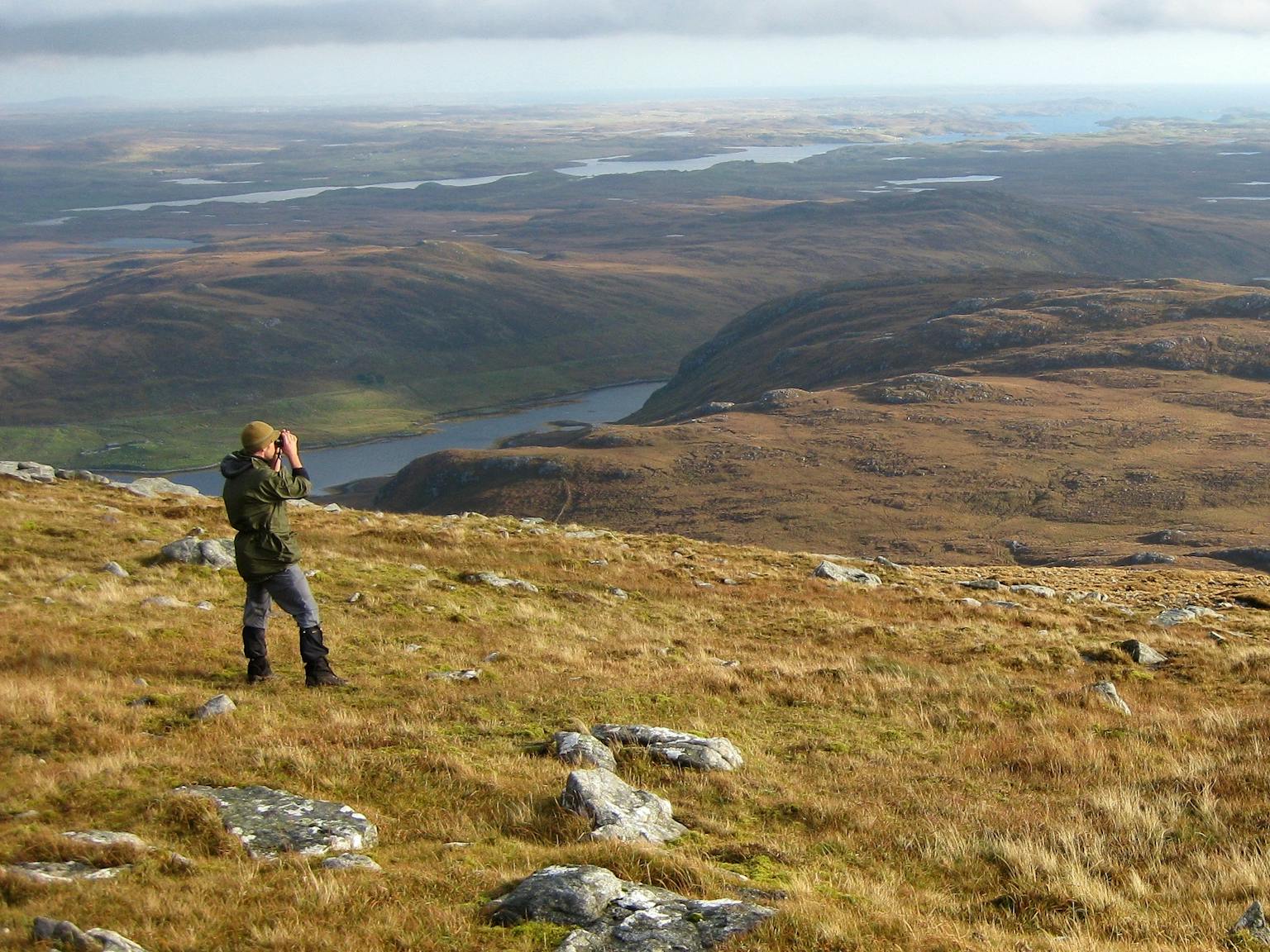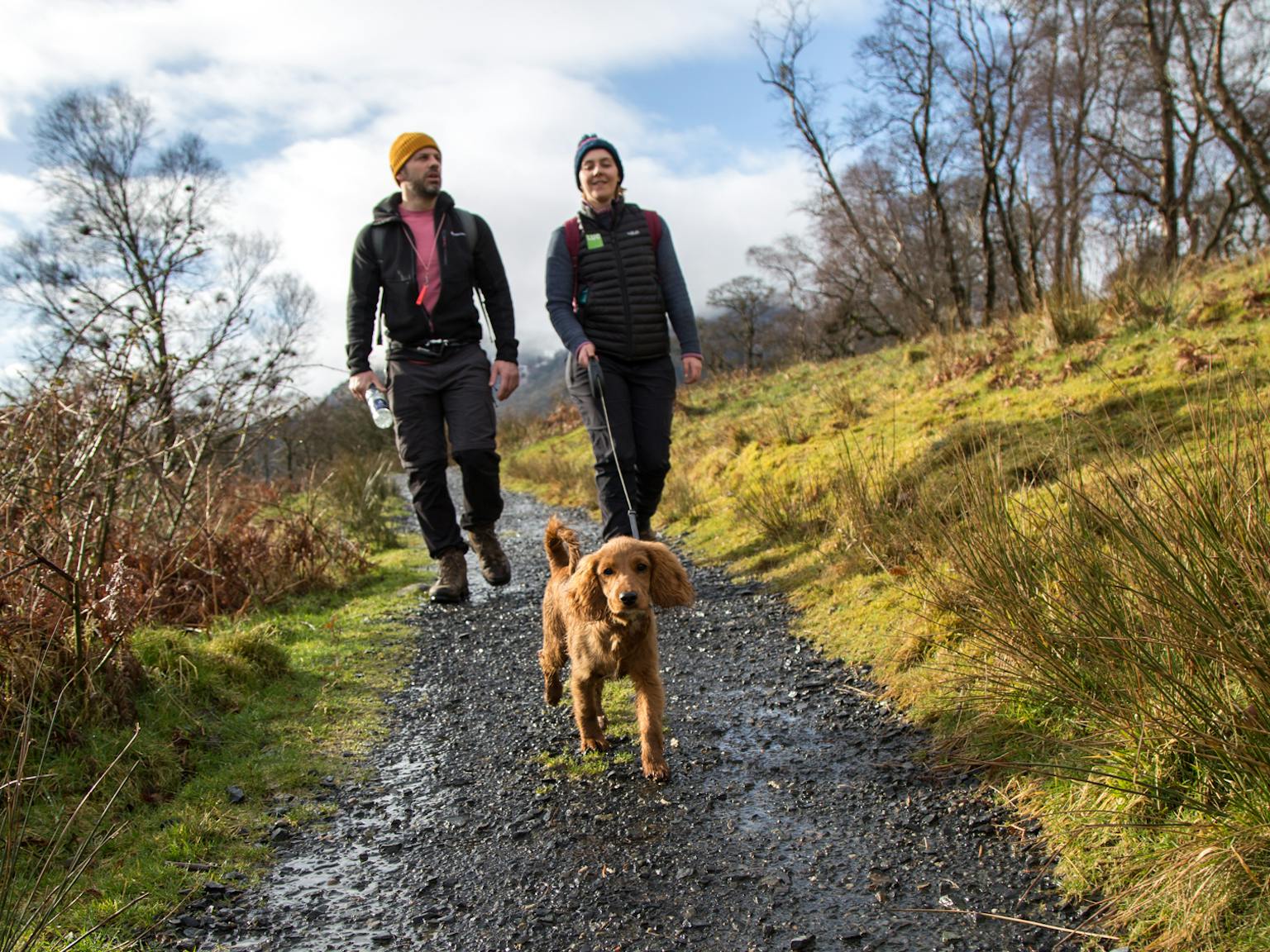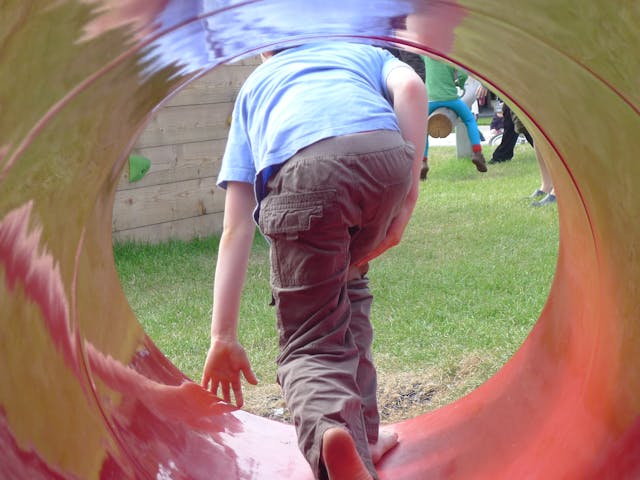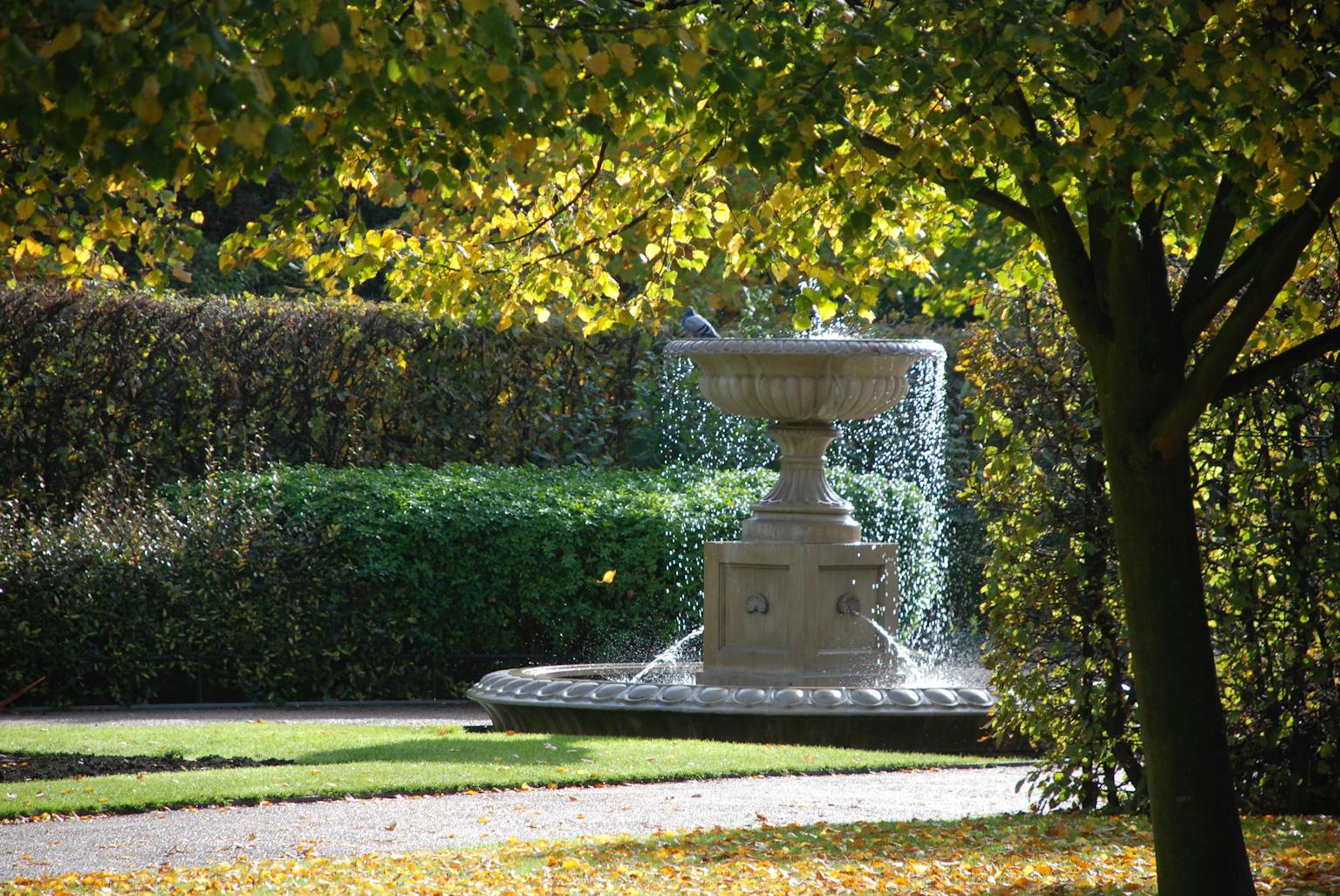
What has Covid-19 taught us about Open Space Planning?
Throughout history, parks and open spaces have been an essential part of successful towns and cities. They provide a range of functions, including:
- opportunities for formal sport, informal leisure and play activities for all age groups
- supporting health and wellbeing by offering space for tranquillity and reflection, and importantly space where you can be alone whilst also feeling part of a community
- places to meet and interact with others, supporting community cohesion and cultural endeavours
- a breathing space and escape from air pollution; parks as ‘green lungs’
- offering places to ‘cool off’ during hot summers, especially for those without gardens
- affording space for wildlife and giving people access to nature
However, despite their critical roles and functions, there is no statutory duty on local authorities to provide parks and open space. Too often parks are considered a liability rather than an asset. Very few new parks and open spaces are being created relative to the pace of urban development. Although there are active pressure groups at local and national level, open space has no clear voice at government level, with responsibilities divided between departments.
Long before the Covid-19 crisis, the state of parks, and the increasing pressures on them, was of major concern in the UK. A 2016 parliamentary inquiry concluded: “If action is taken, and appropriate priority given to parks, we do not believe it is too late to prevent a period of decline. However, if the value of parks and their potential contribution are not recognised, then the consequences could be severe for some of the most important policy agendas facing our communities today.”
Sadly, it has taken a global pandemic to remind us of the importance of parks. Parks have been referred to as ‘circuit breakers’- to prevent the spread of the disease. The crisis has also shown that parks provide an ‘emergency service’; a place that people resort to in times of crisis.
Why does planning play such a crucial role?
The NPPF recognises that ‘a network of high-quality open spaces and opportunities for sport and physical activity is important for the health and well-being of communities’. It requires planning policies to be ‘based on robust and up-to-date assessments of the need for open space, sport and recreation facilities (including quantitative or qualitative deficits or surpluses) and opportunities for new provision’.
LUC has undertaken open space assessments for around 30 local authorities across England over the last decade. We have found the general picture is of a diminishing resource, with the amount of public open space per person getting smaller as every new housing development is completed. Deficiency of high-quality open space is most often found in higher density, poorer areas, where there are few houses with gardens. To compound the problem, funding cuts have also seen reductions in quality – such that open spaces don’t adequately meet the needs of the population.
Many open space assessments are dated, and even where they are up to date, their findings are not fully reflected in local plans and in the consideration of planning applications.
So what needs to happen?
- We need to value parks and open spaces properly – and move away from traditional accountancy methods that focus on their saleable value as physical assets and the operational costs of maintenance, rather than the benefits they provide. Open space should be regarded as ‘essential infrastructure’ required to support growth, with delivery mechanisms clearly defined for creating new spaces where needed.
- We need more co-ordinated leadership in central and local government, with parks and open space regarded as strategically important infrastructure, not simply a function of the Council’s leisure services department. This will require politicians at national and local levels to champion parks and open spaces.
- We need greater ambition and creativity. There are opportunities to replicate some of the functions of parks on rooftops, thereby taking pressure off the parks themselves.
- We need to take back road space for new parks, greenways and active travel Low carbon and zero emission zones create this opportunity, already being touted in many cities as a result of Covid-19.
- We need to ensure that our parks and open spaces are designed and managed in a way that helps to address the challenges faced by society, including biodiversity loss, climate change and pandemics, such as Covid-19.
- Finally, planning policy should reflect local circumstances and seek positively to address deficiencies in the quantity and/or quality of open spaces, including the creation of new, publicly accessible spaces. This will require a coordinated approach by local authorities, such that new open space can be delivered and managed in the long term.
With planning, landscape design and landscape management capabilities LUC is well placed to help clients evaluate existing open space and plan for the future, including governance and funding issues. Please get in touch if you’d like a chat about how we might help.
Read our Space for health and wellbeing brochure.
Philip Smith, LUC
May 2020

